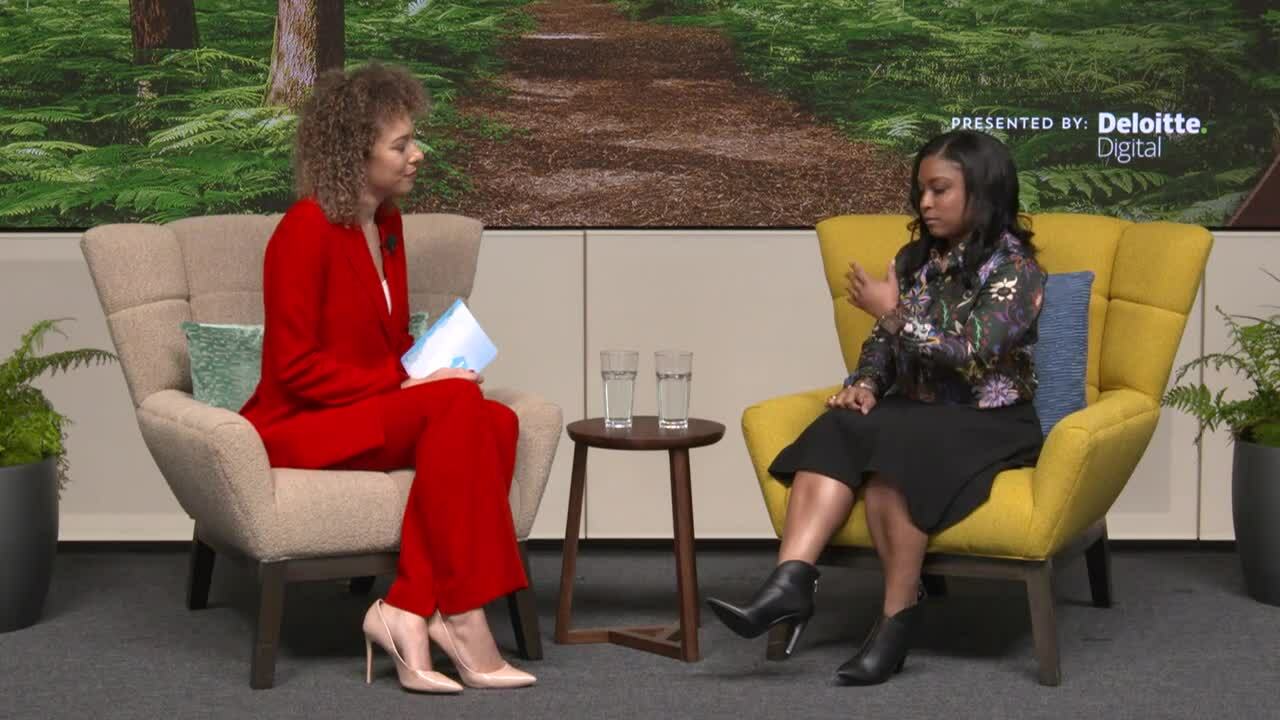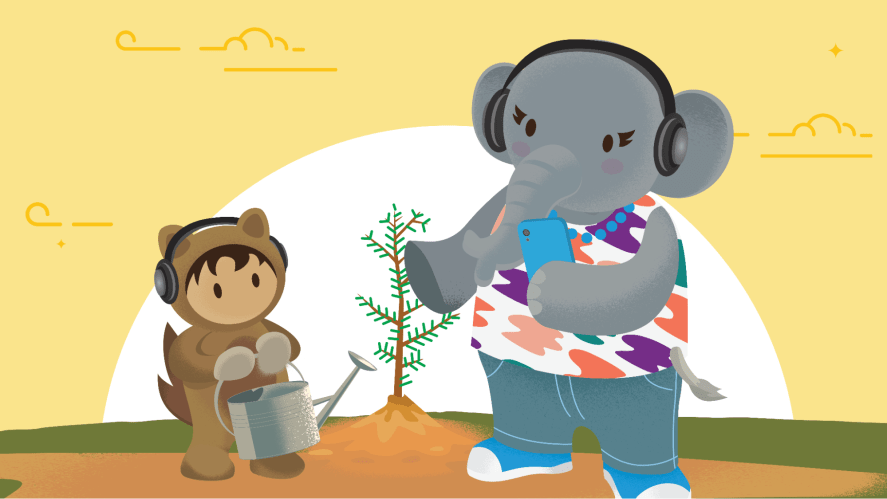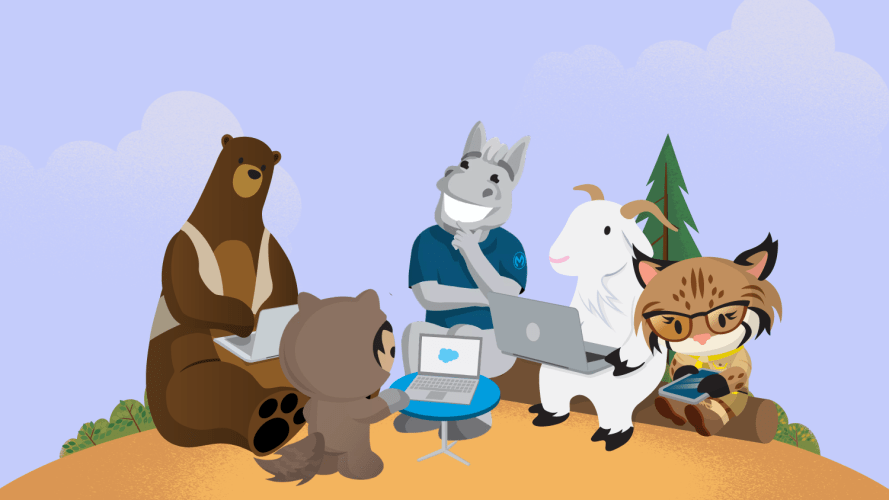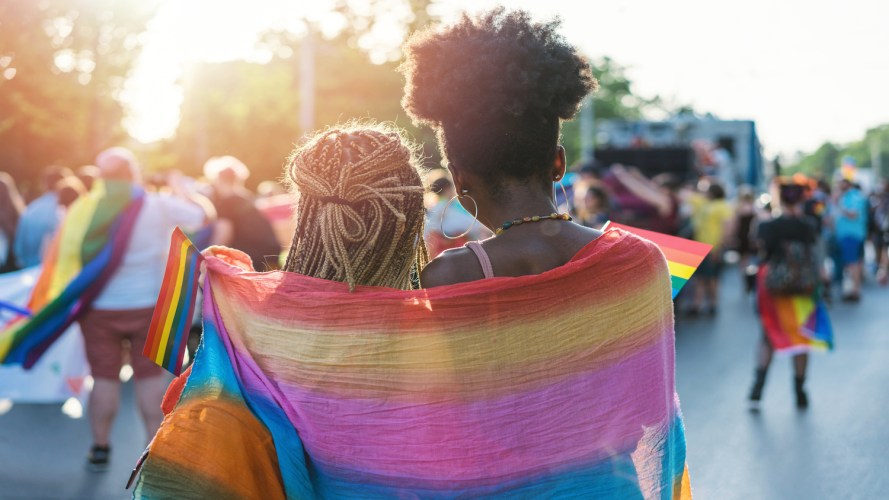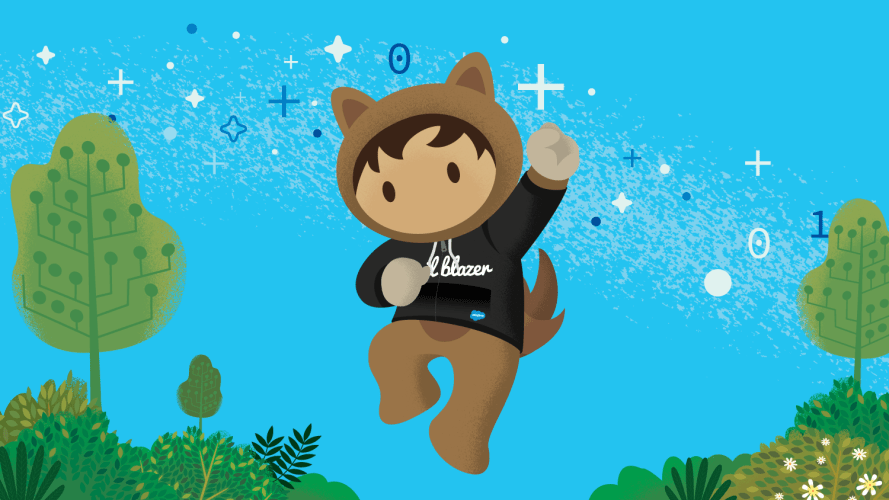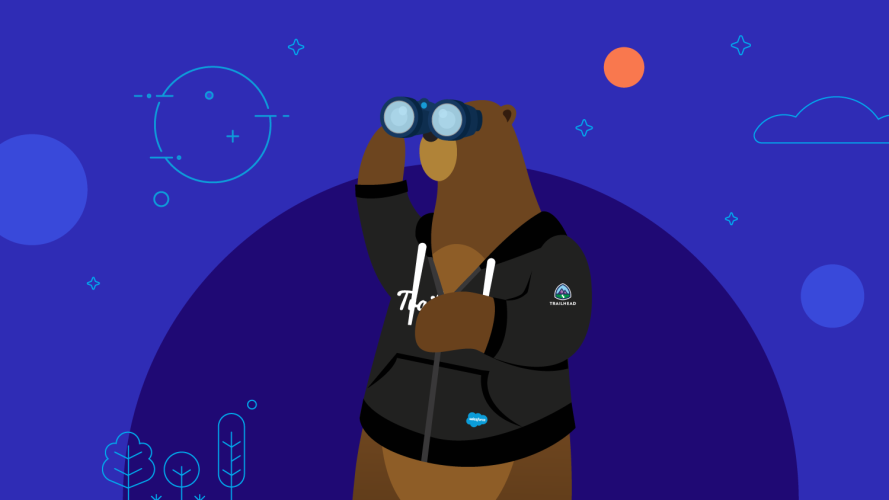How You Can Be an Active Ally



Allyship is not about reaching a finish line or winning a medal, it’s an ongoing journey.

Isabel Gonçalves
We’re more alike than we are different, and that’s especially clear when we come together to pursue common business goals. But when we step away from the work, and our differences shine through, that shouldn’t lessen our sense of community. Those differences should enhance it — as it gives us the opportunity to show up for and support one another, through being an active ally.
What is an active ally? Well, an ally is someone who supports another person from a different community. An active ally is someone who is truly engaged, and prepared to take consistent and meaningful action to ensure their communities are safe and inclusive for all — regardless of race, sexual orientation, gender identity, or disability.
Being an active ally in the workplace
A 2021 study from McKinsey found that more than 77% of white employees consider themselves allies to women of color in the workplace. However, only 55% of Latinas and 45% of Black women say they have strong allies at work. And fewer than 40% of white employees say they have ever spoken out against bias or racism at work.
According to a new study, 7.1% of American adults identify as LGBTQ+, double the percentage from 2012 and more than ever. Despite this growing community, anti-LGBTQ+ legislation is at an all-time high this year. Additionally, in a study conducted by Accenture, 67% of business executives said they believe their companies support employees with disabilities, but only 20% of employees with a disability agreed that their workplace culture is fully committed to helping them thrive and succeed.
A foundational element along the journey towards equality is active allyship. Not being a performative ally — only appearing to speak out against various injustices without putting action behind those words.
Being an ally is a verb, not a “one-and-done” activity. You don’t need to identify with a community or share the same interests or background. You don’t need to agree on every single issue. But you can lead with empathy and seek to understand others. You lean into courageous conversations and get comfortable with not always understanding everything, being okay with getting things wrong and learning and evolving as you go.
Here at Salesforce, we recognize that we still have work to do when it comes to active allyship, but we’re committed to learning and growing. In doing so, we’re continuing to hold space for conversations with employees of all identities and championing the voices of the employees leading and participating in our Equality Groups (or Employee Resource Groups). That’s the thing about active allyship — there’s no final destination. It’s a continuous journey that requires continuous effort.
Here are five ways you can be an active ally in the workplace:
1. Take responsibility for your own behaviors
As we learn about new communities and seek to better understand each other, we may say or do the wrong thing. If and when we get called out on these mistakes, we may get defensive and say, “Oh, I didn’t mean it that way” or see it as a personal jab on our character. This is why understanding intent versus impact is so important.
“Oftentimes, many of us have positive intent when we say something, but it’s the impact of our words that truly matters,” said Alexandra Legend Siegel, senior director of equality content and enablement at Salesforce. “If what you said harmed another person — acknowledge the impact, take accountability, and most importantly, commit to changing behavior in the future.”
2. Interrupt microaggressions with micro-interventions
As an active ally, if you see a microaggression in action against a colleague, intervene and speak up. Microaggressions are everyday verbal, nonverbal, and environmental slights, snubs, or insults, whether intentional or unintentional, that negatively impact a person, particularly from a marginalized community. These “everyday slights” have consequences on a person’s mental and physical health that cannot be overlooked.
So, if you hear someone say to a woman, “I didn’t realize you’d be so well-spoken in front of that customer” or “Who would have guessed you’d be so skilled at code reviews” or “You were lucky to close that sale” — speak up. Challenge them with a simple “Why do you say that?” You’ll get them to confront their bias while you show some support for your colleague who was on the receiving end.
Being an active ally means you won’t stand by passively but will instead disarm the microaggression with a micro-intervention. Speak up for others if you witness this. Here are some examples of what you can say:
- Ask for more clarification: “Could you say more about what you mean by that?”
- Separate intent from impact: you could say: “I know you probably didn’t mean this, but when you __________ (comment/behavior), it was hurtful/offensive because___________. Instead you could___________ (different language or behavior.)”
- Provide facts and suggest behavior change: “I noticed that you ___________ (comment/behavior). I used to do/say that too, but then I learned____________.”
Other examples of microaggressions include calling a woman “crazy, emotional, or bossy” whereas, for a man, the words “passionate, courageous, or a great leader” are used instead.
In the clip below from Trailblazing Women Summit, Minda Harts, author of The Memo: What Women of Color Need to Know to Secure a Seat at the Table, talks about her personal experience with microaggressions:
As a company, review your employee survey results or feedback from employees to better understand how employees are experiencing the workplace. We’ve been on our journey at Salesforce and are rolling out our company-wide training on the essentials required to have courageous conversations around microaggressions and beyond.
3. Make space, don’t take space
The next time you are in a meeting, look around the room or look to see who’s filling the video boxes on your screen. Does everyone look the same? Are the same people always speaking or leading the discussion? Question why. How can you bring in more diverse and authentic voices to the room where key decisions are being made? Think of how you can pass the mic and make space for others.
4. Use your platform
A critical step to being an active ally is to sponsor and advocate for underrepresented groups in your workplace. A mentor can be from any industry, but a sponsor needs to be in your organization, said Carla Harris, vice chairman and managing director at Morgan Stanley, at our annual racial equality summit, Representation Matters.
“First, they need to have some visibility into your work because they have to have credibility behind closed doors when they speak on your behalf,” she added. “Second, they need to have a seat at the decision-making table, and third, they need to have the power to get — whatever it is — done.”
Consider who you can sponsor and help create access and advance their career. As you move forward in your career, don’t forget to look around you and see how you might bring others “up” alongside.
5. Being an active ally is an ongoing journey
Allyship is not about reaching a finish line or winning a medal, it’s an ongoing journey. Commit to educating yourself along the way. Systemic inequities are woven into the fabric of society and unraveling it will take commitment over a long time. Stay dedicated, and if you misstep, take accountability, give yourself some grace, learn and keep going.
There is still work to be done on this path toward equality for all. At Salesforce, we are committed to this journey through our various programs, our Employee Resource Groups, and by practicing allyship.
Learn more at Salesforce.com/Equality.
